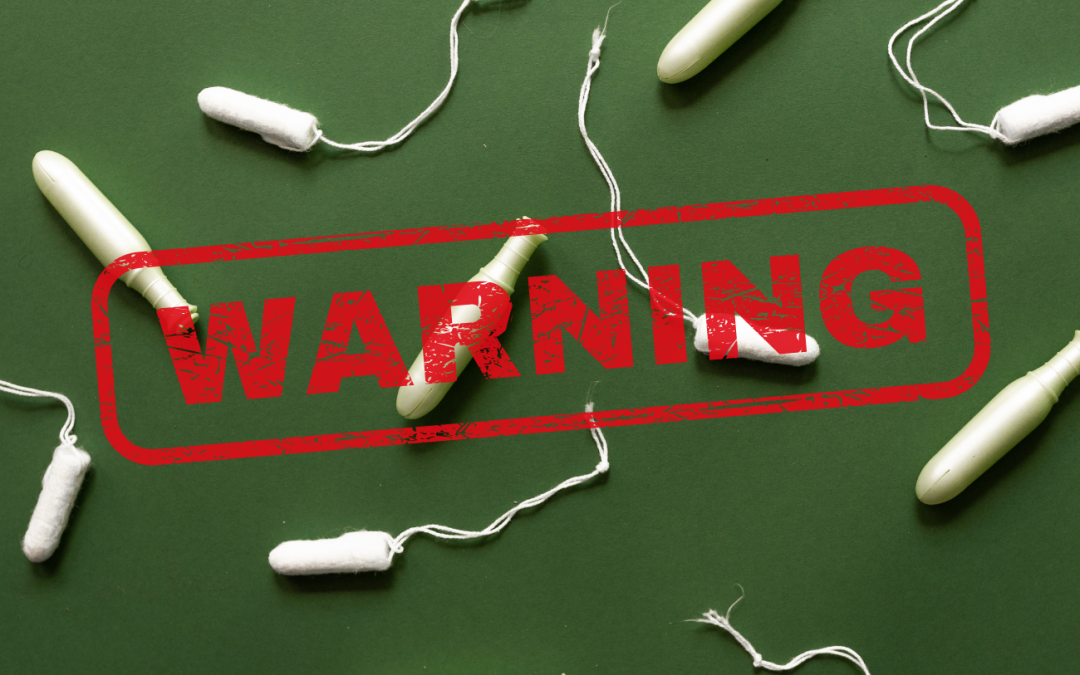By Kat Eftink
U.C. Berkeley researchers conducted a study that found 16 different types of metals in tampons. These metals are: arsenic, barium, calcium, cadmium, cobalt, chromium, copper, iron, manganese, mercury, nickel, lead, selenium, strontium, vanadium, and zinc.
In the United States, 50-80% of menstruators use tampons for several days, each month for decades during their lifetime. Many of the metals found have no “safe” level of exposure.
“I don’t know how these products have gotten these heavy metal exposures, but it does kind of remind me that nothing is in isolation and that this tampon problem is symbolic of all the problems we’re facing right now,” Dr. Grace Ferguson, OB/GYN physician at Allegheny Health Network’s West Penn Hospital, told KDKA News of Pittsburgh.
The study involved testing a diverse range of the most popular tampons, some organic and non-organic. This included 30 samples from different brands (both name brands and store brands), covering various product lines (different tampon types within a brand) and absorbency levels (light, regular, super, etc.).
“We found measurable concentrations of all 16 metals assessed…Most metals differed by organic status; lead concentrations were higher in non-organic tampons while arsenic was higher in organic tampons. No category had consistently lower concentrations of all or most metals,” the study reads.
The study identified quantifiable amounts of metals in all the tampons tested. However, it didn’t investigate whether the body absorbs these metals.

It’s important to note that the vagina is lined with a mucosal membrane, which generally has a higher absorption rate than skin. This is similar to the mucous membranes lining your cheeks or underside of your tongue. Mucosal membranes allow for faster absorption of substances compared to skin because they’re thinner and have a greater blood supply.
“Vaginally absorbed chemicals do not undergo first-pass metabolism and detoxification via the liver and directly enter systemic circulation (Kim and De Jesus, 2022). Critical evidence for systemic exposure to toxins with tampon use is provided by the toxic shock syndrome outbreak of the early 1980s,” the study reads.
The FDA classifies tampons as a Class II medical device and this classification is not required to be tested for metals. The FDA said they are currently reviewing the study.
There are alternative devices to help manage menstruation besides tampons like menstrual cups or disks. Keep up with us on Instagram, for the latest in health and wellness.


